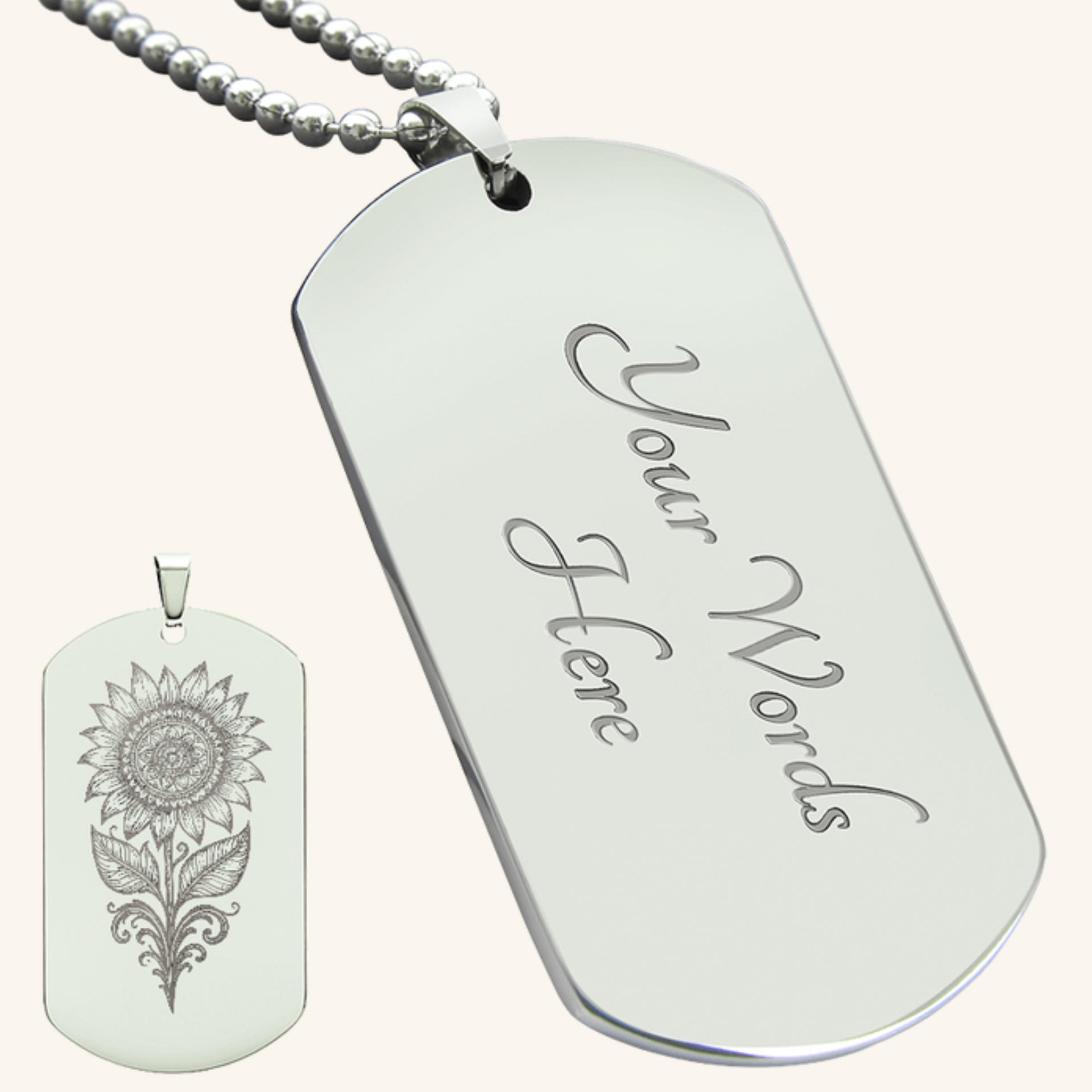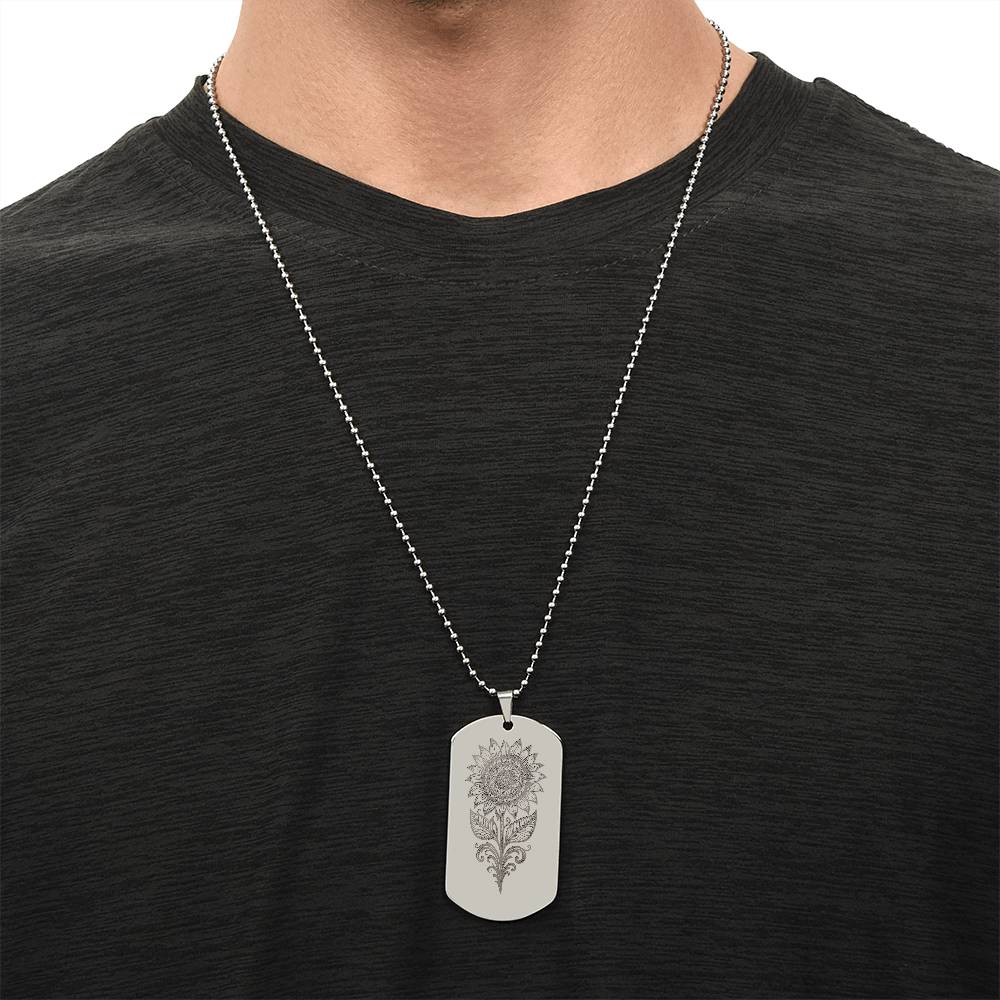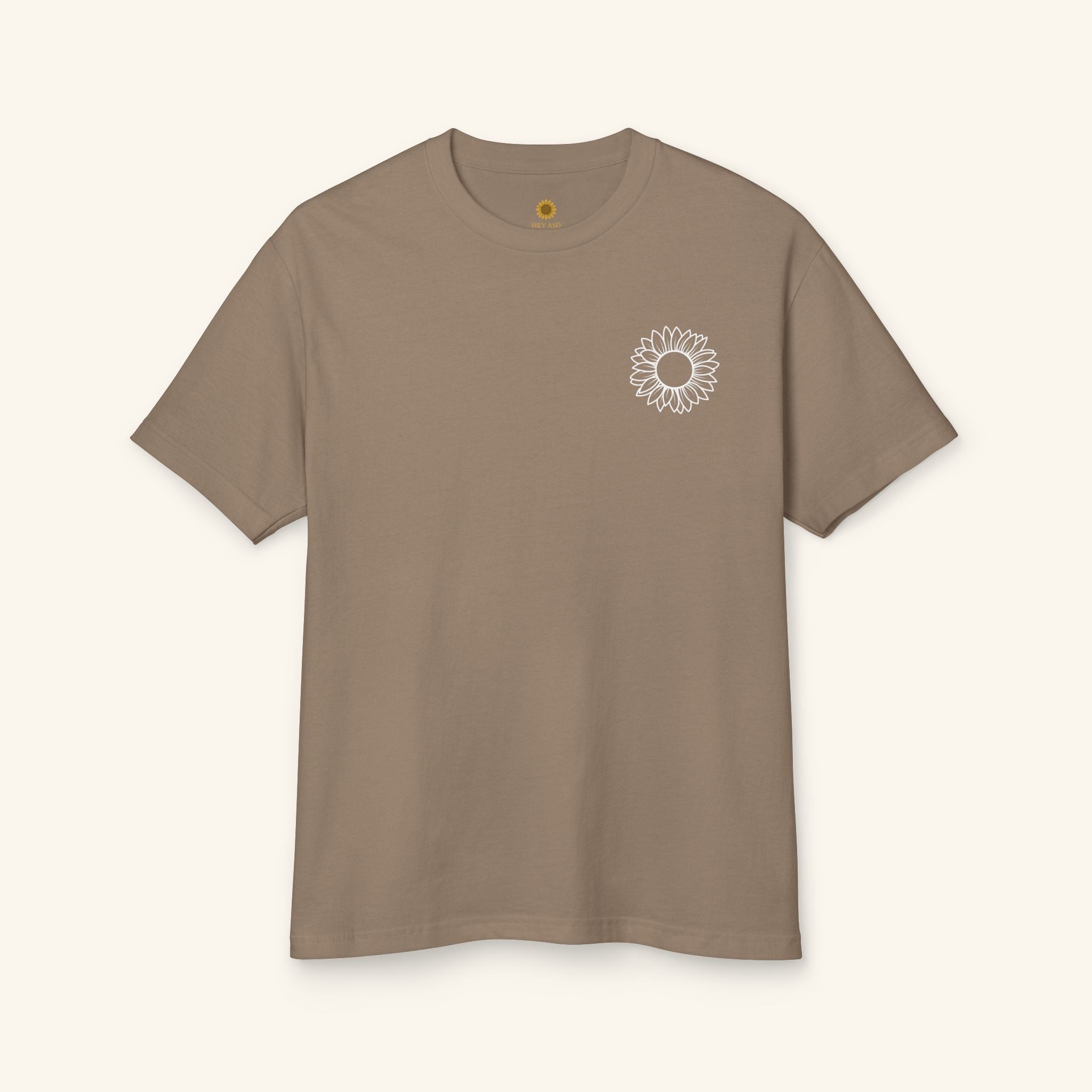Art Therapy as a Sensory Integration Approach

Written by HeyASD.com Team
On This Page
Frequently asked questions
How can art therapy support sensory integration for autistic individuals?
What are some simple sensory-friendly activities I can try at home?
How does disability art therapy differ from other therapeutic approaches?
Can art therapy help with managing sensory overload in autism?
Are there autism sensory support products, like calming blankets or sensory tools, that complement art therapy?
What should I look for in a sensory integration therapy program?
How can caregivers encourage participation in art therapy for autism?
Are there specific art materials that work best for sensory integration therapy?
How can Autism-themed decor or sensory-friendly clothing, like soft t-shirts, create a supportive environment alongside art therapy?

About the HeyASD.com Team
Autistic‑owned • Values‑led • Sensory‑friendly design
We are autistic creators, writers, and advocates dedicated to producing resources that are practical, sensory-aware, and grounded in lived experience. Our mission is to make information and products that support the autistic community accessible to everyone, without jargon or condescension. Learn more about our team.
This article is written from lived autistic experience and an evidence-aware perspective. It is for general informational purposes only and should not be taken as medical, legal or therapeutic advice.
Always consult a qualified clinician or occupational therapist for individual needs and circumstances.

About Our ASD Blog
HeyASD is more than a store, it’s a calm, supportive space for autistic adults and the people who care about them. Explore identity-affirming stories, sensory regulation tools, and uplifting resources from our community.
Thank you for reading. We hope these resources bring comfort and clarity.









































